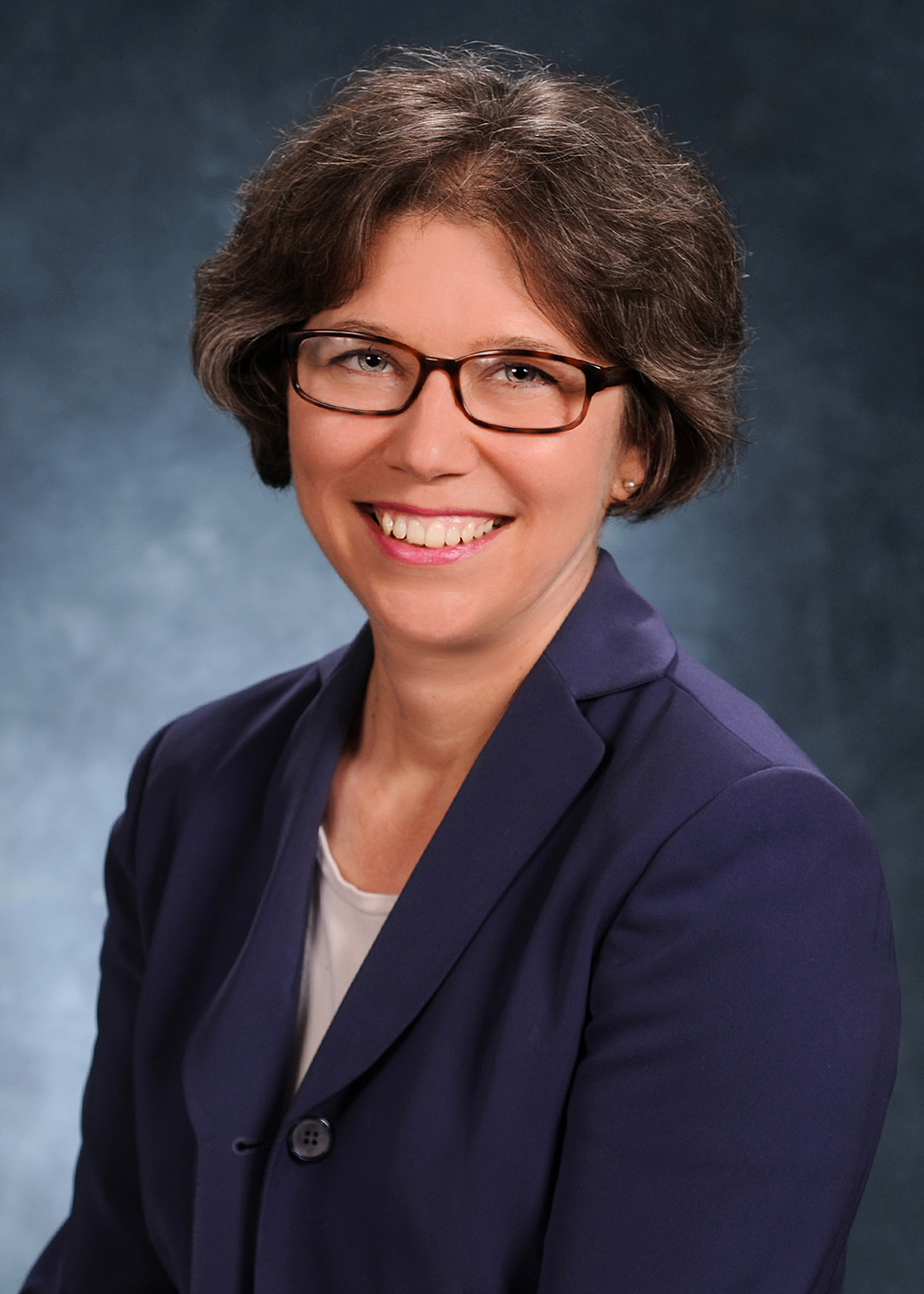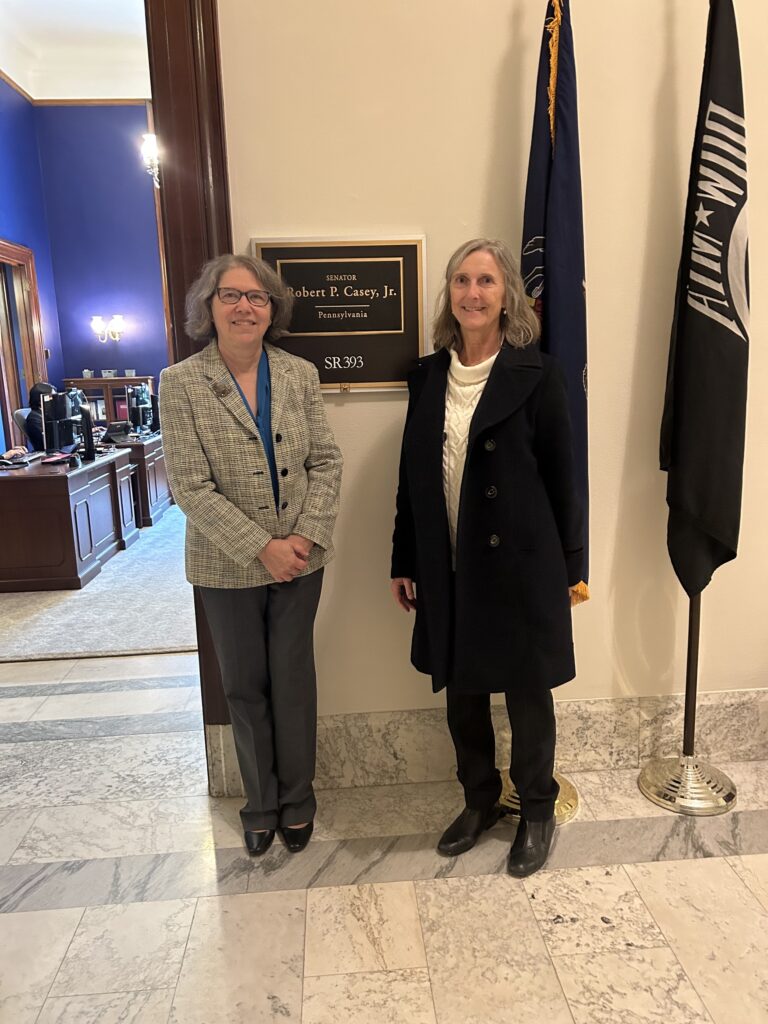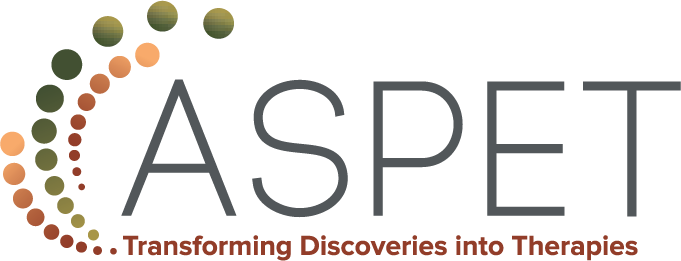A Conversation with ASPET’s President-Elect Carol Beck, PharmD, PhD
 Carol Beck, PharmD, PhD, is an Associate Professor in the Department of Pharmacology, Physiology and Cancer Biology at Sidney Kimmel Medical College at Thomas Jefferson University. Dr. Beck is also the Associate Dean of Curriculum and Master of Science Programs, Program Director, Master of Science-Pharmacology at Jefferson College of Life Sciences. Dr. Beck shares her background and advice for young scientists with The Pharmacologist.
Carol Beck, PharmD, PhD, is an Associate Professor in the Department of Pharmacology, Physiology and Cancer Biology at Sidney Kimmel Medical College at Thomas Jefferson University. Dr. Beck is also the Associate Dean of Curriculum and Master of Science Programs, Program Director, Master of Science-Pharmacology at Jefferson College of Life Sciences. Dr. Beck shares her background and advice for young scientists with The Pharmacologist.
How did you get started in pharmacology?
I started my sophomore year of college as a pre-pharmacy major, having decided that pharmacy would be an interesting application of all of the science courses I was taking. (I knew that I did not want to go to medical school.) I went to pharmacy school at the University of Kentucky and completed the Bachelor of Science and PharmD degrees, and then did a residency. After residency, I was a clinical faculty member at North Dakota State University College of Pharmacy. I took many pharmacology courses as a pharmacy student but became serious about pharmacology as a discipline when I went back to graduate school at Vanderbilt for a PhD in Pharmacology.
How did you first get involved with ASPET?
Some people are serial entrepreneurs. I am a serial volunteer. I have always been involved in volunteer groups since high school. Professionally, I have been involved with the pharmacy fraternity Lambda Kappa Sigma, the Biophysical Society, and Sigma Xi. I moved to Philadelphia to have a research lab and teach pharmacology to medical students at Thomas Jefferson University. When my career focus shifted from research activities to education activities, I wanted to become involved with the regional pharmacology society, Mid-Atlantic Pharmacology Society (MAPS), to connect with local pharmacologists. After one year on their board as a Councilor, I volunteered to serve as president. The MAPS by-laws required that the president of MAPS had to be a member of ASPET. So, I became a member. What kept me as an ASPET member was getting involved in one of the divisions, Division for Pharmacology Education, and also needing some professional involvement outside of my university for my promotion packet.
What do you want the ASPET membership to know about you and your ideas on how to move the organization forward during your term?
I really like the goals in our current strategic plan, and I am excited about ASPET being the Home for Pharmacology. I would like us to be seen as a welcoming group that provides opportunities for professional networking and friendships. ASPET should also continue to involve volunteers across all sections of pharmacology. To do all of these things will require us to increase our transparency about how to become involved and the pathways to leadership roles; ASPET can do this and I will push for us to do this!
What has been your proudest accomplishment in your career so far?
My first project as a postdoc was to study the genetic basis of myotonia congenita in an animal model known as “fainting goats.” Using cDNA libraries and sequencing techniques, we identified a mutation in the skeletal muscle chloride channel, the same channel involved in the human disease myotonia congenita. The mutations result in decreased and delayed chloride conductance in skeletal muscle, resulting in temporary immobility. The goats and their story have been very good to me and my career.
What advice would you give young scientists who are just starting out in their careers?
Build your own network and community. If these are available to you (like ASPET), then definitely be a part of them. If they are not available to you, create your own (and know that it is ok to need more than one).
When job-hunting, be yourself. Don’t try to guess what the market wants in terms of background or personality or skillsets. Somewhere out there is a position that specifically wants and values your unique mix of interests and training.


